|
|

|
Kel wrote:
Subject: Imperial Airways
Flying the airlines in the thirties was a lot more fun than it is now. It was more leisurely and had more class. Certain elitist and anti- British people have no time for these period "rich types". People like these, the risk takers (especially with their own money) were the backbone of the UK. They flew from the first airline operations across the Channel in 1919.
If people had serious money in the 1930’s and travelled internationally, they may well have flown on one of these large (130 foot wingspan) Handley Page bi-plane aircraft, which were the mainstay of British Imperial Airways at the time. They carried 26 passengers in first class only, in three different compartments. The first class saloon, the bar and cocktail area, and the smoking section. These machines were ubiquitous, extremely safe (no passenger in a HP-42 was ever killed in 10 years of international and domestic operations from 1930 until 1940), very comfortable in seating, leg room and service, hot meals were served on bone china with silver cutlery, free liquor flowed, overnights were in the very best hotels. There was no rush, no waiting in lines and everyone was well dressed. Flying along at a few thousand feet, one could see, (down to the quality of the washing on the backyard clothes lines) every interesting feature passing below. At 95 to 100 mph. one also had time to look at the passing panorama.
It took four days to a week (depending on headwinds and weather) to fly from London to Cape Town, South Africa. By only flying about four hours a day, staying at the best hotels in Europe, Cairo, Khartoum and the Victoria Falls. All stops to India also made for an interesting choice of destinations. Old fashioned and good mannered ideas and behaviour, like dressing up to have evening drinks on the balcony and certainly not ever being in a hurry - one can only salivate at how pleasurable that would be. In a modern jet , one can get from A to B quickly (even with stop-overs), but nowadays there is nothing to be seen on the ground from 35,000 feet, the modern airline food is at best, basic (unless you are in first class) and passengers are so jam-packed in that one tends to feel like an immigrant in steerage as the Clipper Ship (ca 1844) creaks and strains along. We will not get on to the subject of terminals. |
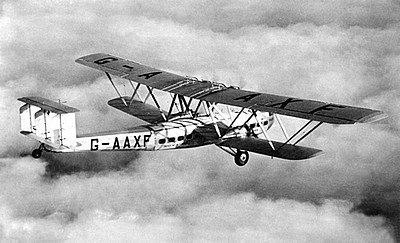 |
| The Handley Page HP-42 "Helena" of Imperial Airways. 1932. Slow, safe and very comfortable. |
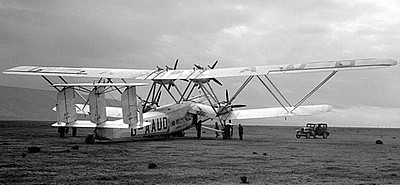 |
| HP-42 "Hanno" at Samakh, Lake Tiberias in Palestine, 1931. Bi-plane aircraft, such as Tiger Moths, can land anywhere; wherever there is a stretch of grass. This airliner was a little more speedy than a DH-82 Tiger Moth, but the landing speed would be quite similar. |
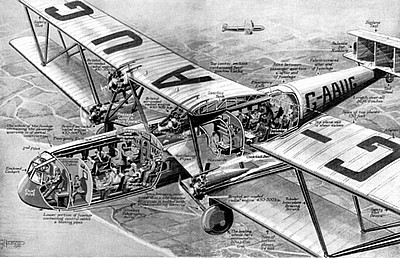 |
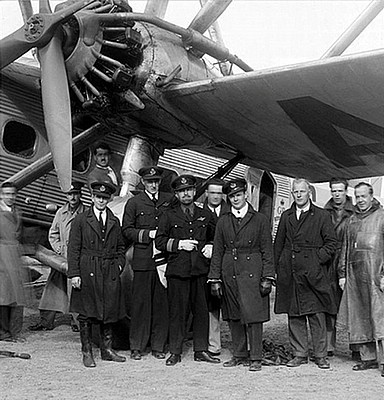 |
| The crew. The Captain, almost certainly, would have flown in the First World War (love his cigar). |
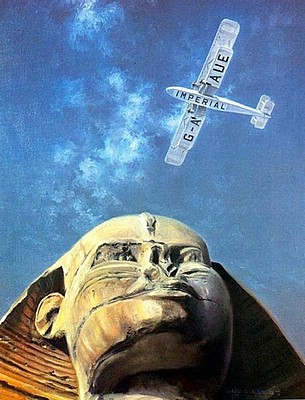 |
| Imperial Airways advertisement of the day. |
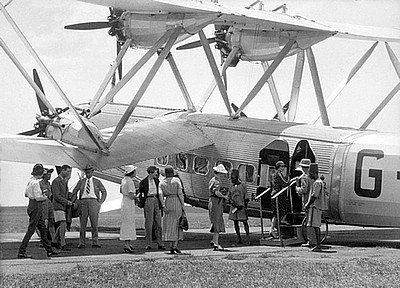 |
| Khartoum, Sudan. Boarding for the flight south. Only one more overnight and then they will be taking in the sights of Lake Victoria. |
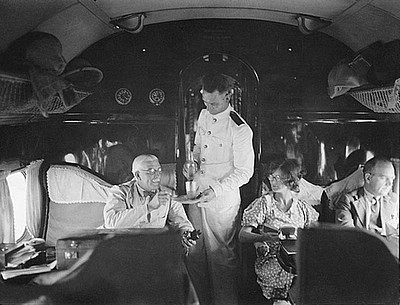 |
| There was only one class; First Class. This is the forward saloon. Note the gentleman's pith helmet in the rack. Airspeed indicator and altitude displays - as in modern jets - are on the bulkhead. |
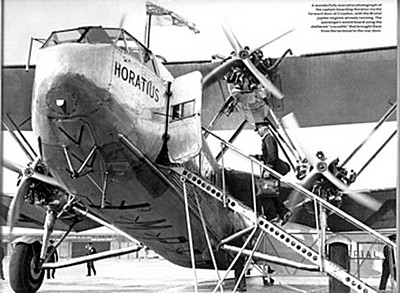 |
| All engines running and the Captain not at the controls? |
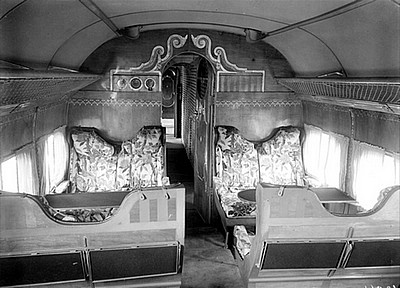 |
| Cabin of a Handley Page HP-42. 1931. British Imperial Airways. |
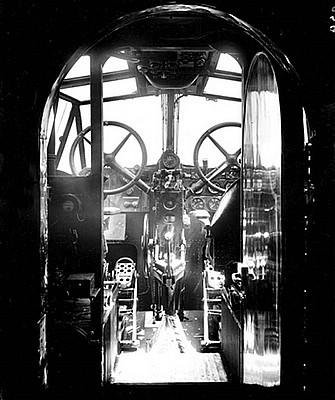 |
| The cockpit of a Handley Page HP-42 airliner. London, 1931. No powered controls here. |
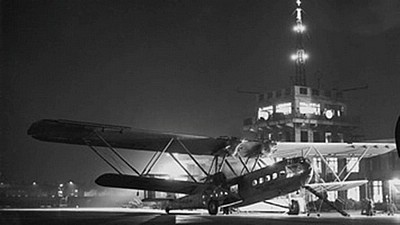 |
| HP-42 airliner ready for a night flight. London's Croydon aerodrome, 1931. |
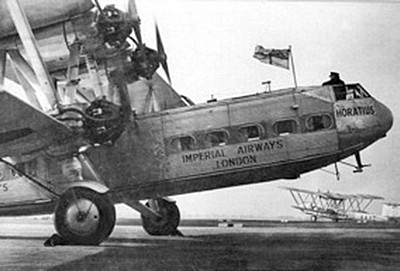 |
| HP-42s at Croydon. Part of the Co-Pilot's duties was to stow the flag before take-off. The Bristol Jupiter engines are warming up. |
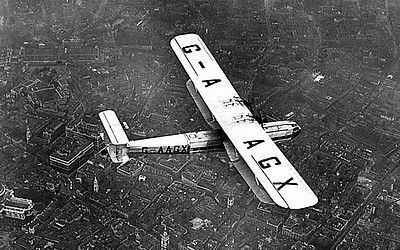 |
| HP-42 over London. Cruise speed was 100 mph or 87 knots. Maximum speed was 120mph or 104knots. No airline passenger was ever killed in one of these machines - in 10 years of service. They flew all over the UK and Europe and down to South Africa on a regular basis. They also conducted regular services to India via many places en-route. There were occasions, flying down to Cape Town, when the strong headwinds from the south reduced the groundspeed to such an extent that the crew turned the machine around. They flew back to their point of departure and sat it out in the hotel. |
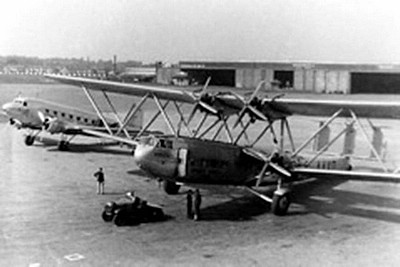 |
| A KLM DC-2 and an Imperial Airways HP-42 at Croydon, 1933. |
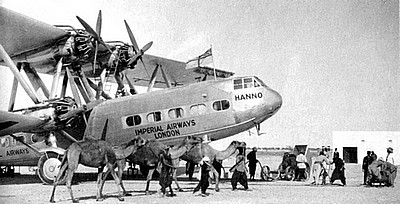 |
| Imperial Airways at Cairo. 1932. Note the refuelling equipment, including the ladders resting on the upper engines. Note, also, the modest terminal building. |
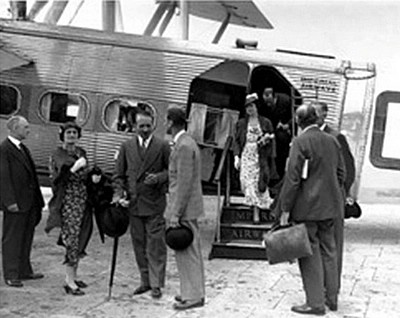 |
| RAF Hendon Airport, London, 1937. Royalty arrives. King George VI, centre, and Queen Elizabeth on aircraft's steps. |

|
|
|

